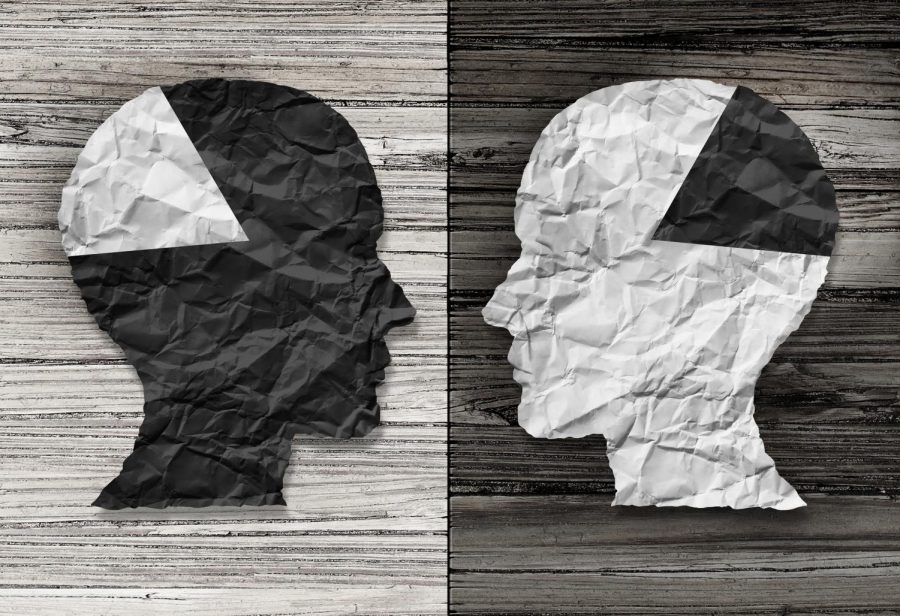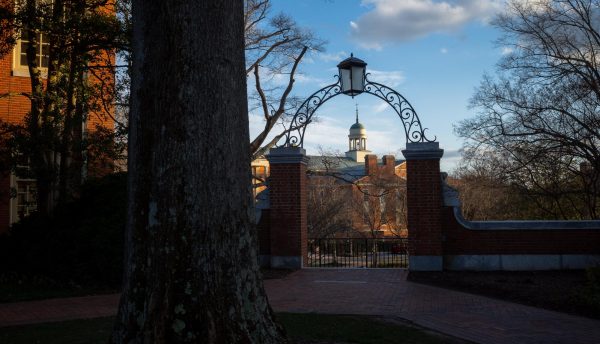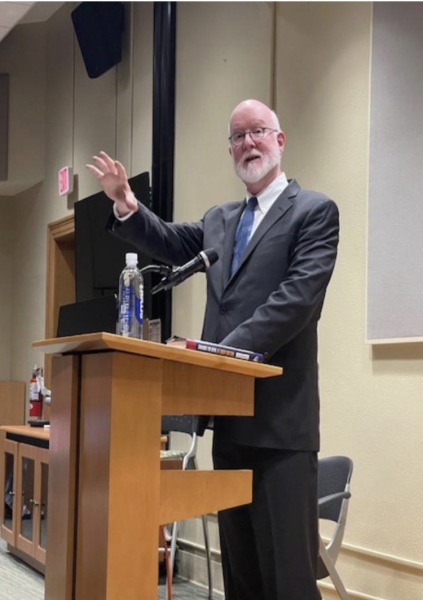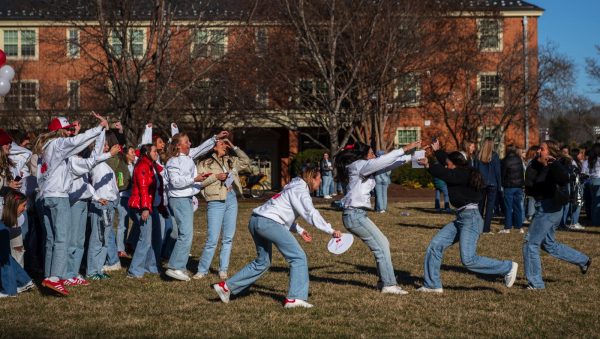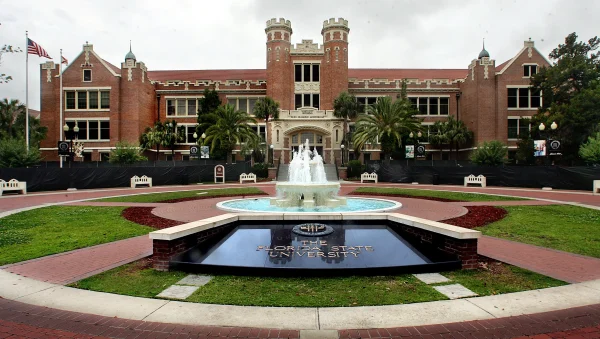Response to Gaby Petito homicide exhibits racism
Discrimination in media coverage leads to the normalization of brutality towards BIPOC
October 14, 2021
Gabrielle Petito, a 22-year-old YouTuber, was reported missing by her mother on Sept. 11. According to Petito’s step-father, she left New York with her fiance, Brian Laundrie, in July. The two were planning to spend four months traveling cross-country, visiting National Parks en route.
On Sept. 1, Laundrie returned to his family home in Northport, Fl. without Petito. Laundrie refused to talk to Petito’s family or the police, despite the fact he was the last person in contact with Petito and would be able to identify where she had last been seen. Laundrie’s lack of communication with the authorities made national headlines and sparked outrage from the public.
Petito’s disappearance led to an exhaustive multi-state search effort. On Sept. 19, Petito’s remains were discovered inside Grand Teton National Park, Wy. The Coroner’s ruled Petito’s death a homicide. At the time of the discovery, the hashtag “#gabbypetito” had received 794 million views on the social media platform TikTok. The videos posted under the tag consisted of case updates and close examinations of Petito’s extremely active social media page.
The public’s response to the disappearance and homicide of Petito has sparked discussion over a phenomenon coined “the missing white woman syndrome.” The syndrome highlights the media’s portrayal of missing, middle-class, white women, as “good people” involved in unfortunate circumstances. At the same time, it juxtaposes the portrayal of missing Indigenous and Black women as people with questionable morals who made questionable decisions leading to their disappearance.
According to a study conducted by the University of Wyoming, between September 2011 and September 2020, 710 indigenous peoples in Wyoming had been reported missing in the state of Wyoming. 57% of these individuals are women. However, these cases received limited, if any, media coverage — only 18% of homicides committed against Indigenous women received newspaper media coverage. That number sits in stark contrast to the 51% of white homicide victims who received newspaper media coverage.
The disparities in media coverage on the basis of race reveals a deeper cultural issue. As a society we have become numb to the suffering of members of the Black and Indigenous People of Color (BIPOC) community — the death and disappearance of minority ethnicities have been normalized.
According to that University of Wyoming study, “Between 2010 and 2019, the homicide rate per 100,000 for Indigenous people was 26.8, eight times higher than the homicide rate for white people.”
The abuse and death of Black and Indigenous people have been perceived as a brutal reality, normalized to the point where cases involving the murder of BIPOC women no longer merit media coverage. The killing of privileged, white women receives an overwhelming amount of media coverage — Petito being just one example – on the basis of status and rarity alone.
The study further concluded that, even on the odd occasion the killings of Indigenous people in Wyoming are documented in the media, the portrayal of the victims is steeped in racial bias and discrimination. The study concluded that crimes against Indigenous people were described in a more violent and gruesome nature, not focusing on the victims’ lives and positive attributes, but on the crime and manner of death. This implies that the Indigenous victim is not worthy of the same privacy and dignity given to white victims.
In order to combat said discrimination in media coverage, it is important to acknowledge that a life is a life, and race does not have an effect on the value of said life. Maybe then, with a conscious effort, we will see a greater acknowledgment of crimes committed against the BIPOC community. As was seen in the Petito case, with acknowledgment comes awareness and advocacy. With advocacy comes action.


